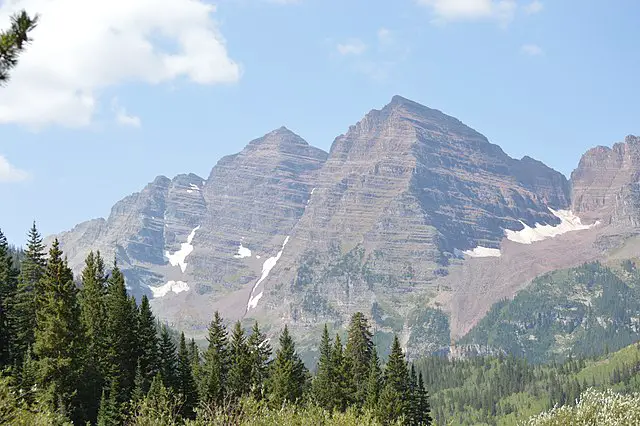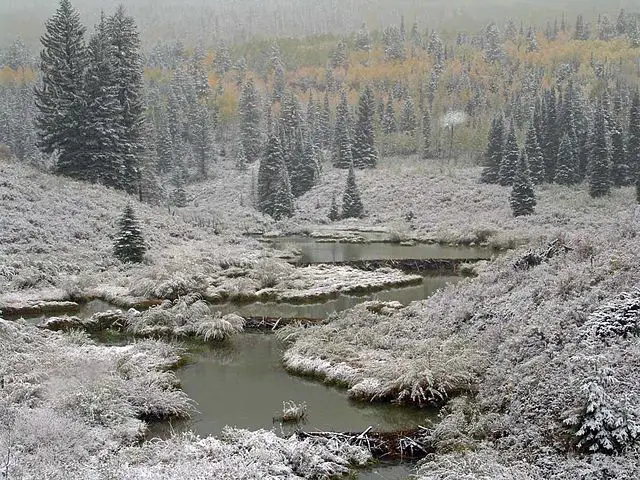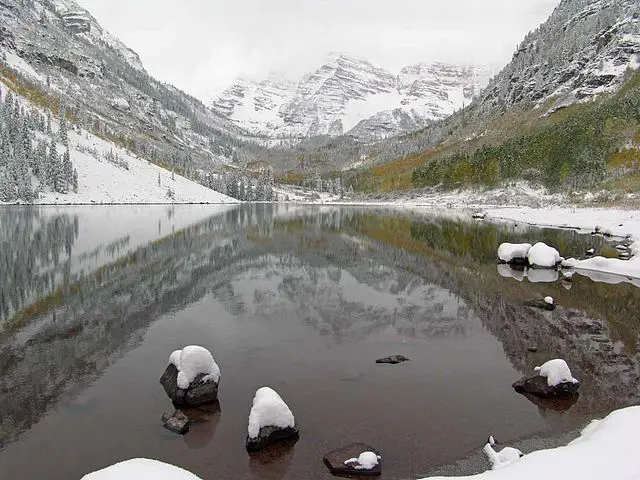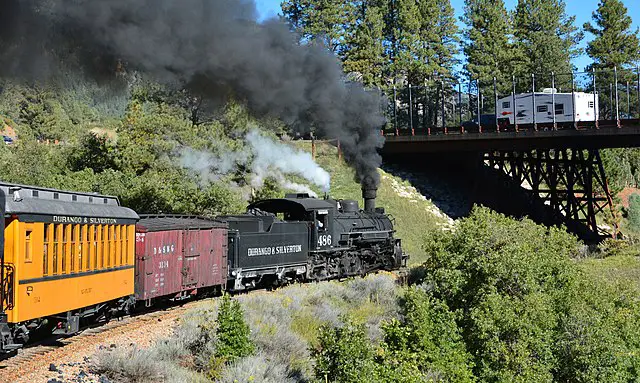
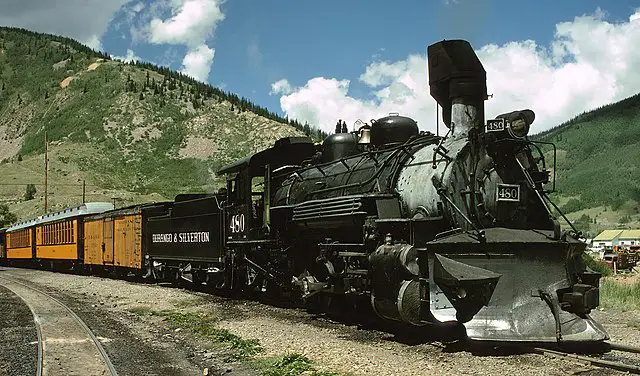
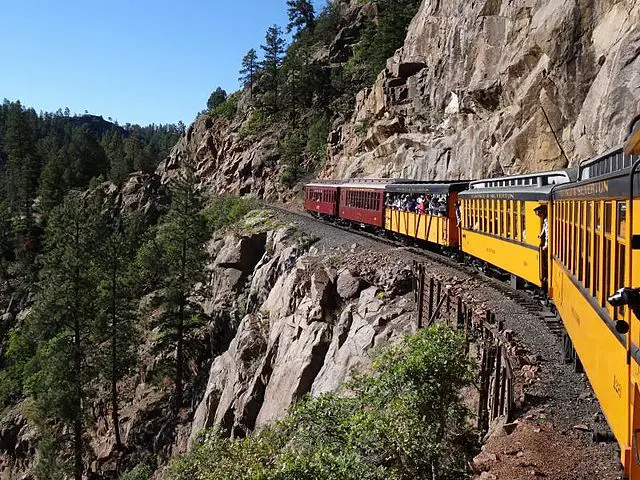

Durango and the Silverton Narrow Gauge Railway provides a unique blend of history, natural beauty, and adventure.
Durango is a charming city located in the southwestern part of Colorado that was founded in 1880. It was once a thriving hub of the mining and railroad industries, and many of its historic buildings and structures remain intact today, giving visitors a glimpse into the city’s rich history. Some of the most popular historic sites in Durango include the Durango & Silverton Narrow Gauge Railroad Museum, the Strater Hotel, and the Powerhouse Science Center.
The Silverton Narrow Gauge Railway is a historic steam-powered train that travels from Durango to the mining town of Silverton. The train has been in operation since 1882 and is one of the oldest and most famous tourist attractions in the state. The train ride provides breathtaking views of the rugged and pristine beauty of the San Juan Mountains, including waterfalls, gorges, and the narrow-gauge railway that winds its way through the landscape.
In addition to the train ride, there are many other outdoor activities to enjoy in Durango and the surrounding area. The city is surrounded by mountains and forests, making it an ideal destination for hiking, fishing, hunting, and other outdoor activities. The Durango River Trail is a popular spot for biking, and the city is also home to several parks, including the popular Santa Rita Park.
For visitors looking to experience the natural beauty of the area, the Durango & Silverton Narrow Gauge Railway offers several scenic train rides, including the Durango & Silverton Narrow Gauge Railroad Train and the Cascade Canyon Express Train. The Cascade Canyon Express Train takes visitors on a journey through the beautiful and rugged San Juan Mountains, and offers breathtaking views of the surrounding landscape.
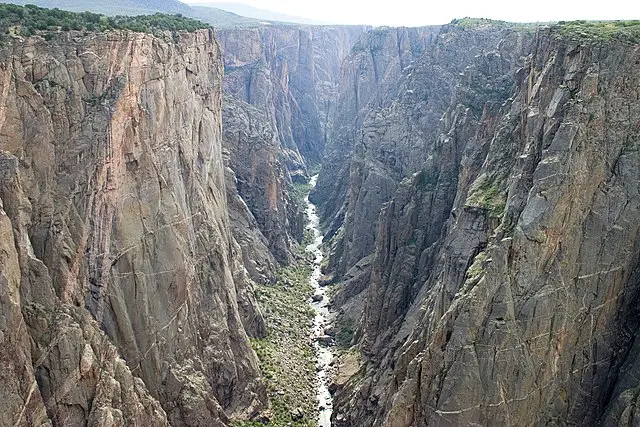
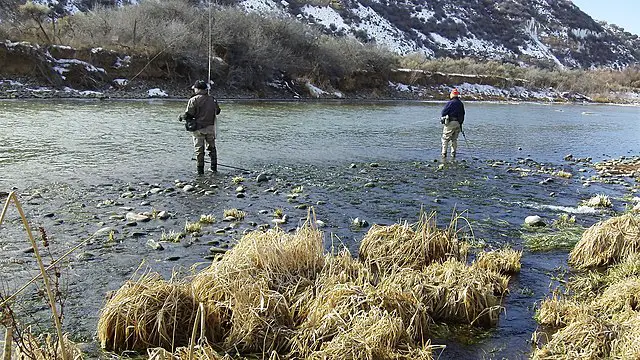

The Black Canyon of the Gunnison National Park is home to the dramatic and steep Black Canyon. This park offers a unique opportunity to see some of the most striking natural scenery in the country and is a popular destination for tourists.
The Black Canyon is a deep, narrow and steep canyon that was carved over millions of years by the Gunnison River. The canyon is over 2,000 feet deep in some places, making it one of the deepest canyons in North America. The sides of the canyon are so steep that in some places, the bottom of the canyon is only 40 feet wide. The combination of depth, narrow width, and vertical cliffs creates a dramatic and awe-inspiring landscape that is a must-see for anyone visiting the area.
One of the best ways to experience the beauty of the Black Canyon is by taking one of the many hiking trails in the park. The park has a variety of trails that range from easy to strenuous, so there is something for hikers of all skill levels. Some popular trails include the Rim Rock Trail, which offers incredible views of the canyon and the surrounding landscape, and the South Rim Road, which is a scenic drive that runs along the rim of the canyon.
Another popular activity in the park is fishing. The Gunnison River is a prime spot for fishing and is home to a variety of species, including rainbow trout and brown trout. If you are interested in fishing, be sure to obtain the necessary licenses and permits before heading out.
For those who are interested in history, the park also has a rich cultural history. The park is home to several Native American ruins, including the Painted Wall Ruin, which is one of the largest cliff dwellings in North America. These ruins offer a glimpse into the lives of the people who lived in the area many centuries ago.
In addition to its natural and cultural attractions, the Black Canyon of the Gunnison National Park also offers several recreational activities. There are picnic areas, campgrounds, and picnic sites available for visitors to enjoy. The park also has a visitor center that is a great place to learn more about the park, its history, and its natural features.
Maroon Bells-Snowmass Wilderness is located in central Colorado, near the town of Aspen. It is known for its beautiful alpine scenery, including majestic mountain peaks, pristine lakes, and rolling meadows. The Maroon Bells, a pair of peaks that are among the most photographed in the United States, are located within the wilderness area, and they provide a breathtaking backdrop to the area.
The Maroon Bells-Snowmass Wilderness covers approximately 181,535 acres and is comprised of a diverse range of habitats, including high-altitude forests, alpine meadows, and rocky peaks. It is home to a variety of wildlife, including elk, mule deer, black bears, and mountain lions, as well as a wide range of bird species. The area is also a popular destination for outdoor enthusiasts, who come to hike, fish, and camp.
There are several trails within the wilderness area that provide access to its stunning scenery. Some of the most popular trails include the Maroon Bells Scenic Trail, which is a 4.5-mile trail that provides stunning views of the Maroon Bells, as well as several other peaks in the area. The Four Pass Loop is a 26.2-mile trail that provides a challenging, but rewarding, backpacking experience.
The wilderness area is also home to several campsites, including the Maroon Lake Campground and the Silver Bell Campground. These campsites provide convenient access to the trails and other recreational opportunities in the area.
Visitors to the Maroon Bells-Snowmass Wilderness are encouraged to follow Leave No Trace principles and to be mindful of their impact on the delicate alpine environment. Visitors should also be aware of the potential for wildlife encounters, and should take appropriate precautions to avoid conflicts with animals.
